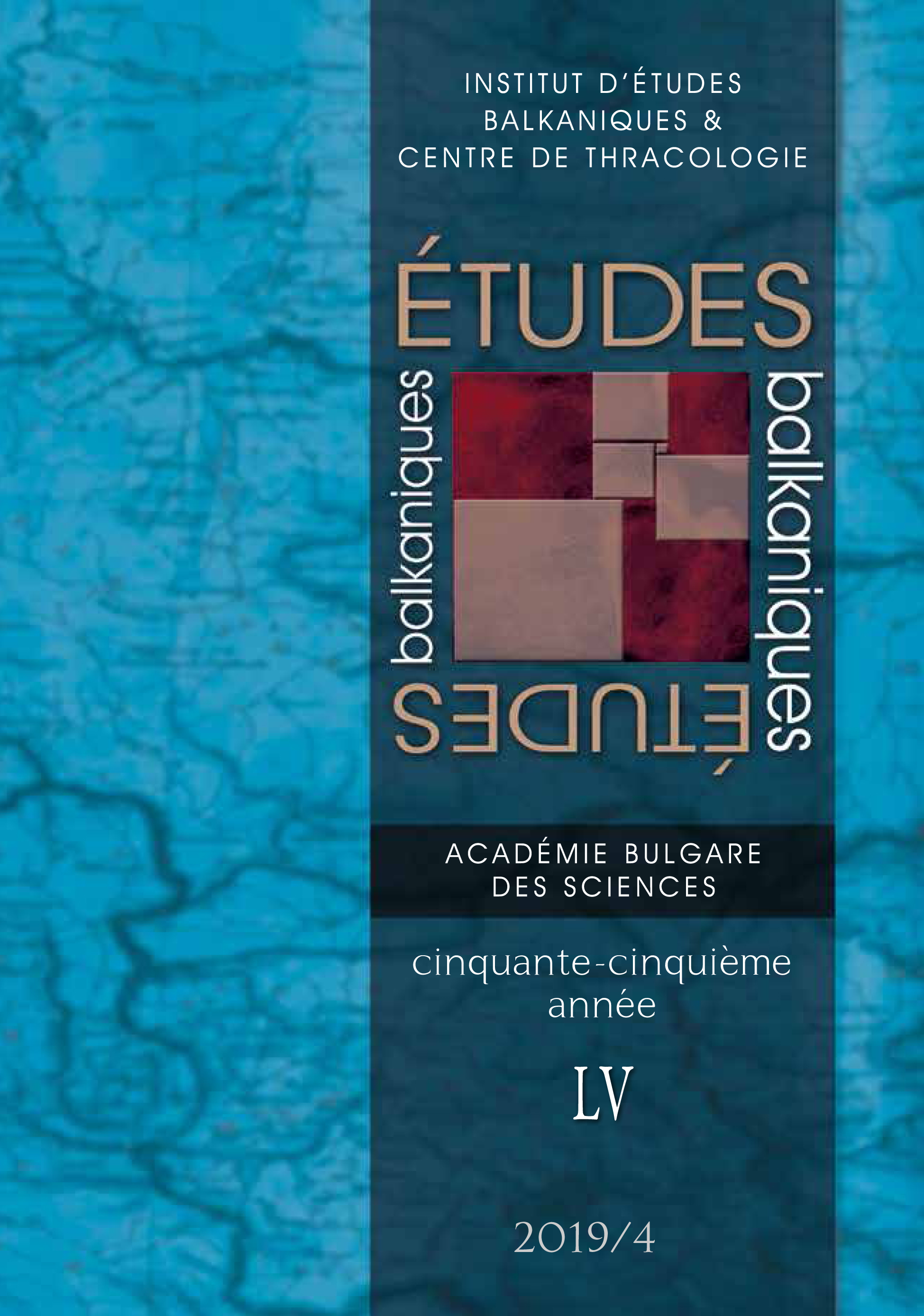THE SERBS’ RELIGIOUS FREEDOM IN HABSBURG TRIESTE BETWEEN PRIVILEGES AND TOLERATION
THE SERBS’ RELIGIOUS FREEDOM IN HABSBURG TRIESTE BETWEEN PRIVILEGES AND TOLERATION
Author(s): Marco DogoSubject(s): Politics / Political Sciences, History, Sociology, Ethnohistory, Political history, Theology and Religion, Nationalism Studies, Sociology of Religion, Identity of Collectives
Published by: Институт за балканистика с Център по тракология - Българска академия на науките
Keywords: Habsburg Monarchy; Religious Freedom; Illyrics; Military Frontier; Private Worship; Public Church; Toleration; Enlightened Despotism;
Summary/Abstract: Joseph II’s Toleration Patent of 1781 was based on the distinction between public and private worship and reserved the former for the Catholics. The document was officially delivered to the Greeks and the Illyrics of Trieste with the provision that it did not annul broader privileges previously bestowed upon them. Such specification prompts us to inquire into the religious privileges enjoyed by the Serbs/Illyrics in Trieste and in the wider Habsburg context in early modern age. The historical background is provided by the sustained confrontation with the Ottomans, the Habsburgs’ efforts to impose religious uniformity in their domains, and their new policies of mercantile populationism in the 18th c. In 1750–1751, Maria Theresa authorised the Greeks (in a religious meaning) to settle, trade, and build a church in Trieste, under the protection of a category of civil servants whose guiding principle was the interests of the state and its supremacy over the church (be it Catholic or non-Catholic). The final part of this paper discusses whether the religious privileges enjoyed by the Greeks and the lllyrics in Trieste before the Patent amounted to public or private worship. In searching for an answer, account is taken of other coeval situations (studied by Olga Katsiardi-Hering in particular), and also of the rather paradoxical outcome of the story, whereby right after the Patent the two Orthodox temples in the city (the old one and the new one just erected by the Greeks) were both equipped with towers and bells – the clearest sign of all of public worship.
Journal: Études balkaniques
- Issue Year: 2019
- Issue No: 4
- Page Range: 696-724
- Page Count: 29
- Language: English
- Content File-PDF

